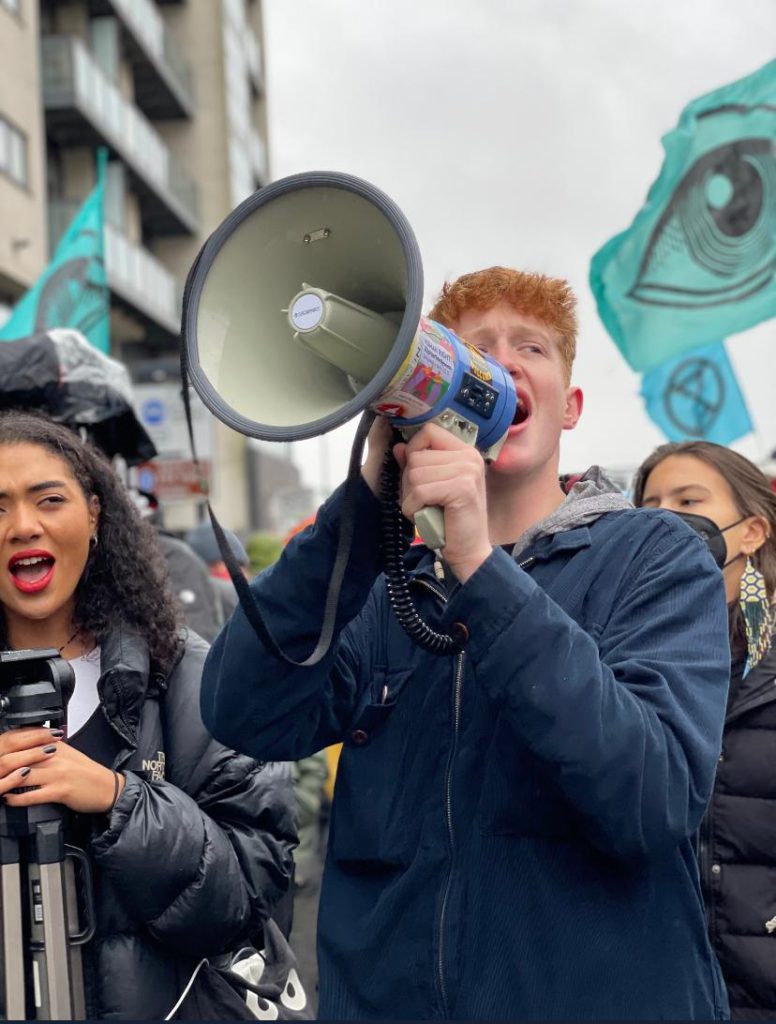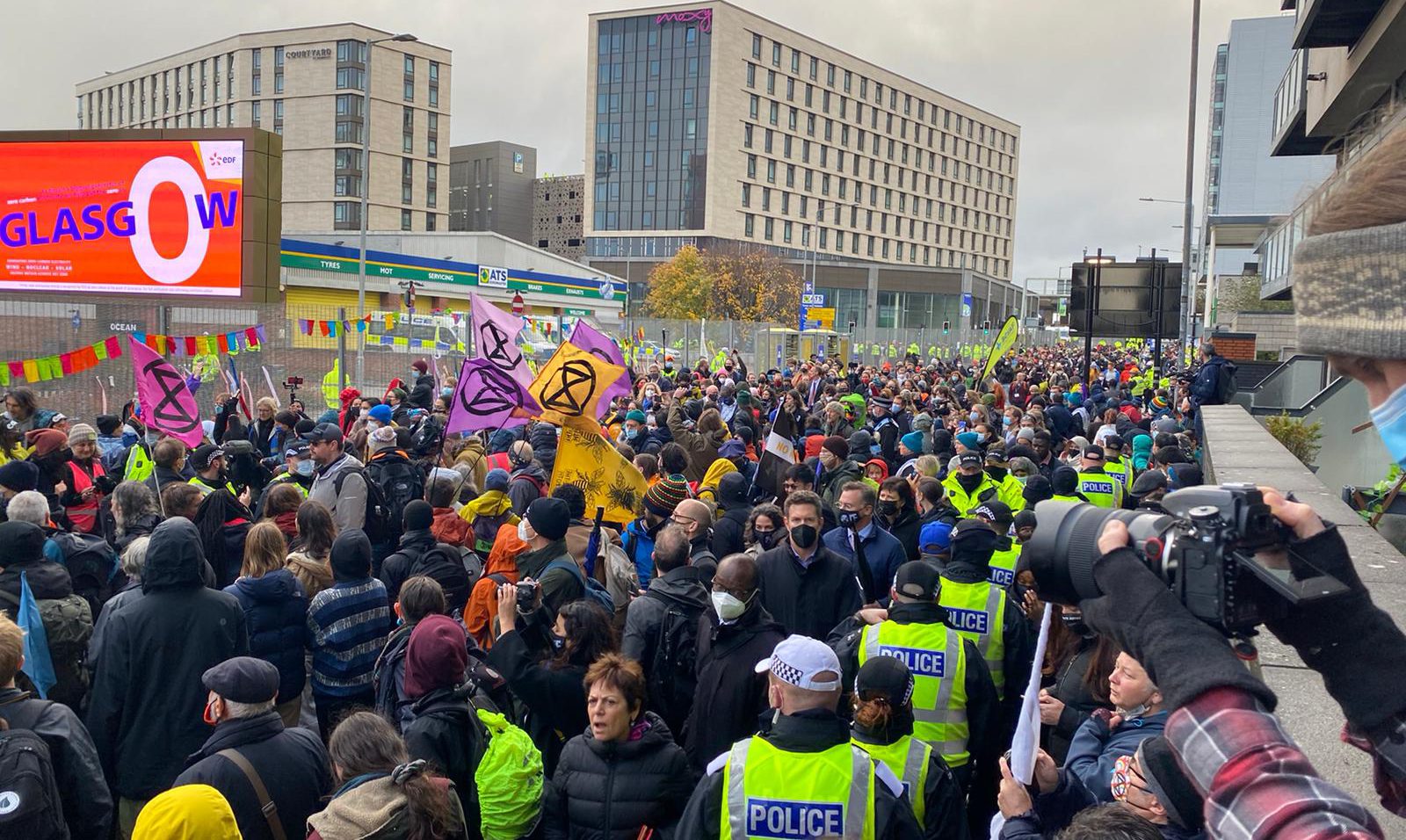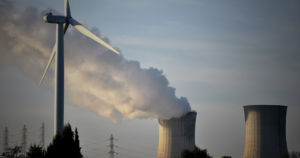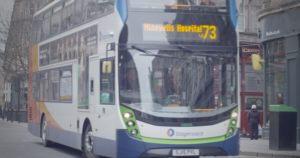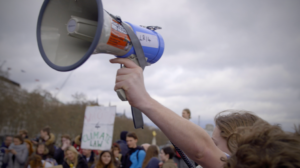
Coll Mccail is an activist and eco-socialist living in Edinburgh.
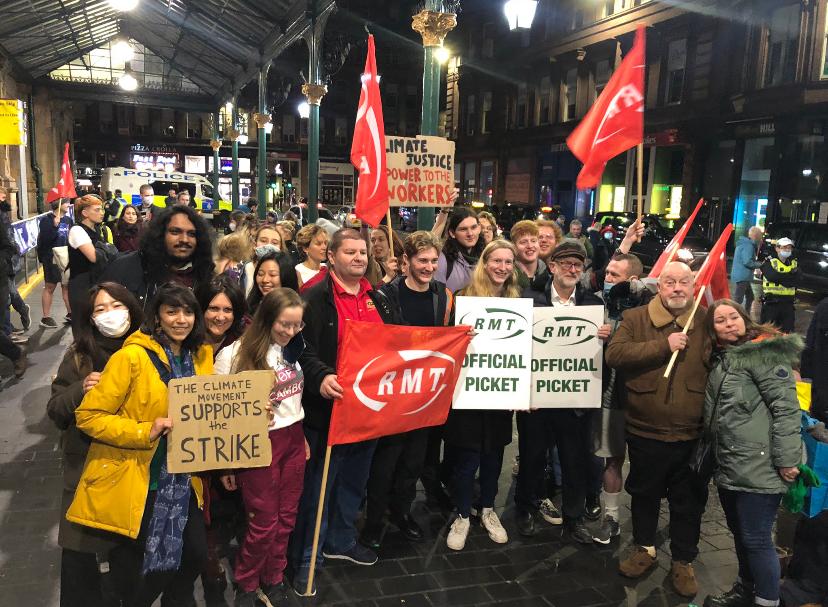
Two weeks ago, ‘the most important climate conference of our generation’ ended in tears, quite literally for Alok Sharma. Many have said ‘The Glasgow Climate Pact’ is a disappointment, but that would imply I expected anything better. Boris Johnson warned we were at ‘one minute to midnight’ as COP opened. Today it’s fair to say we’re well into the early morning. Billed as an opportunity for urgent climate action, COP26 was largely a feeding frenzy for the fragile egos of politicians who could play at ‘saving the planet’, pose as statesmen and share a conference coffee.
Outside of the UN zone, things could not have been more different. As activists from all around the world converged on Glasgow, Scotland’s largest city was gripped by demonstrations and occupations, protests and actions. Over 2 days, on the 5th and the 6th of November, 150,000 people took to the streets to demand climate justice.
So, how should we reflect on COP26? Should the circus on show in Finnieston leave us terrified? Or, should the energy which galvanised Glasgow inspire us to optimism?
The Inside
For COP26 to have been a success, it had to deliver the radical and urgent action the scale of our crisis necessitates. But that was never going to happen. By design, the COP framework makes radical action an impossibility. If you place the servants of neo-colonialism and international capitalism in a room, they will uphold the oppression, extraction and accumulation fundamental to these systems. It is these very fundamentals that, if we are to save the planet, we must eliminate. As if we needed a reminder, the ideological direction of this COP was reaffirmed when Jeff Bezos took to the conference stage.
COP26 failed systemically before it even began. In this context, the news that the fossil fuel lobby had a larger delegation than any nation, numbering in excess of 500, was no surprise. They took the place of activists from the most affected areas who were prevented from even stepping foot on Scottish soil by a cruel vaccine apartheid and a hostile immigration system.
The exclusion which faced international activists was replicated in a similar disregard for the people of Glasgow, treated as second class citizens in their own city. Nothing displayed this neglect more than the infamous ‘COP Travel Pass’. For decades, Glasgow campaigners have pleaded for an integrated public transport system, for one travel card which works on all forms of transport. They have been stonewalled time and again – ‘It’s too expensive, unfeasible and impossible’. But, with COP on the horizon, it was announced delegates would receive just that: a free integrated travel pass. Free public transport was deemed worthy of delegates, but not of Glaswegians. Compounding this treatment came stories of women forced to walk alone at night through unlit parks by closed roads and walkways, of chauffeur driven cars clogging up entire streets, of tenants turfed out of their homes by vulture landlords cashing in on COP and, of course, the city council’s shameful treatment of Glasgow’s cleansing workers – who just months ago they had lauded as essential workers. At times it was hard to avoid the conclusion the conference was designed to alienate the city’s resident population.
Then there’s the agreement itself. As expected, ‘The Glasgow Climate Pact’ is simply a concoction of green capitalism woefully ill equipped to match the scale of our emergency. Much ink has been spilled over the ‘historic’ commitment to ‘phase down’ aspects of coal production and yet, in reality, this move is designed to do little but protect imperial hegemony – and scapegoat India, whose delegation were blamed for weakening the wording from ‘phase out’. When the Indian delegation proposed that “all fossil fuels be phased down, particularly by the developed countries”, the UK refused. Any mention of an equitable transition involving oil or gas would place responsibly firmly at the door of wealthy nations, posing a threat to the interests of anglo-american monopoly capital. Knowing this, the host nation decided to focus discussions specifically on coal (a fossil fuel relied upon by much of the developing world). The weight of emissions reduction was never going to be allowed to lie with the West. As a result, ‘phase out’ became ‘phase down’ and those least responsible for our crisis were, once again, left with the most to do.
A conference dominated by the architects of a crisis it exists to solve, COP26 did what it was supposed to: preserve the status quo and kick the can down the road.
The Outside
On the 5th of November, 40,000 people marched through Glasgow behind a banner which read ‘The People United will Never be Defeated’. On the 6th, 120,000 took to the streets to continue the fight for a radical transition. Away from the steel gates of the UN Zone and the dull faces of jaded diplomats, an incredible energy engulfed the city. The pandemic has prevented unifying demonstrations of solidarity. On the streets of Glasgow during COP26, solidarity became more than a slogan once more. It was near impossible to walk across the city without sight of a protest, or a picket line, demanding better. The inside of COP26 was familiarly stale. The outside was electric.
Whilst Friday and Saturday’s demonstrations grabbed the headlines, the most important actions took place away from the world’s press – making connections, solidarity actions and movement building.
As Glasgow’s cleansing workers went out on strike, they were joined on the picket line by climate activists from all over the world. At the Blochairn cleansing depot amidst GMB flags and union banners, you could spot a sign which read “skolstrejk for klimatet ” – Swedish for ‘school strike for climate’. To the tune of GALA’s ‘Freed from Desire’, crowds of climate activists at rallys throughout the conference sang the striking worker’s anthem – “the cleansing’s on fire, Susan Aitken’s terrified”. As the tune lodged itself in the heads of activists everywhere, GMB strikers turned up en masse to Fridays For Future’s 5th of November march. “Stand with us, not against us” was the message of the GMB’s Chris Mitchell as he addressed the thousands assembled in George Square. On the 11th of November, workers from the Serco-owned Caledonian Sleeper train went on strike. As the RMT picketed outside of central station, once again the climate movement was out in force. The message carried throughout these mutual shows of solidarity was clear to anyone close enough to make out a cardboard placard: There will be no climate justice without workers justice. If we are to build the radical just transition we desire, workers have to be at the heart of it. It has to include fair pay, conditions and increased power on the shop floor. The material link which emerged between the labour movement and climate activists during COP26 has the potential to act as a vital catalyst for change in a time of shared crisis. Strategically, uniting our struggles against exploitation – whether that be of people or planet – is the only way to take forward the battle for climate justice. Choosing not to connect the threads and fight in isolation only puts us at a further disadvantage.
This emergent coalition did not limit itself to trade unions, striking workers and climate activists. Migrant justice campaigners, tenants unions, indigenous activists, transport campaigners and so many more stood shoulder to shoulder. To be able to watch that come together was empowering. In a perfect way, COP26 offered us insight into the movement we need to build if radical climate action is to be achieved. All who played a part in organising the exterior of COP26 recognised the importance of the political moment, and the passion it cultivated. Our organisations and our campaigns will be different, and better, because of those 2 weeks in Glasgow.
Speeches from those on the frontline of the fight against climate change highlighted the barbarous reality of the crisis at rallies and protests throughout the conference. On what was supposed to be COP’s last day, activists packed out the entrance to the UN zone. With their backs to a thick metal fence marking the edge of civilian life, looking out over a sea of faces, indigenous campaigners and activists from all over the world shared their trauma, talked of their terror and told their stories. The irony of the moment was lost on no one. These were the people who should have been huddled around a negotiating table, it was their lived experience which should have dictated the direction of COP26. Instead, on a rainy Glasgow day, they were on the other side of the fence. As those inside tinkered round the edges of a system designed to cause catastrophe, the real solutions lay in speeches delivered just minutes away.
I spent nearly 3 weeks organising on the ground throughout COP26. Many of those moments will never leave me. Perhaps the one which best encapsulates the energy that gave me, and so many others, hope came from our march on the 5th. With chants shouted in multiple languages ringing in our ears, as we reached West George Street and could look out over what followed us, we saw an army of people stretching back as far as the eye could see.
Where next?
How do you maintain the momentum? Where do we go now? If we are to recognise that the scale of mobilization achieved during COP26 was a seminal political moment, these are the questions our movement has to answer.
For all the power we felt on the streets, the week after COP closed our government publicly celebrated Shell’s decision to move its headquarters to the UK. For as long as they feel safe enough to gleefully cheer on the architects of the climate crisis, and get away with it, we’re losing. Their lies remind us of the work still to be done, of the desperate need to build power. Taking to the streets in our thousands gives us hope. It does not yet give us the power to affect meaningful change. What that power looks like is not for this piece, but its urgency has never been greater.
Billy Bragg once asked “Should I vote red for my class or green for my children?”. In Glasgow, the basis of a movement emerged which combined the two. Our challenge now is to build and expand it, uniting our fight for a radical alternative.
